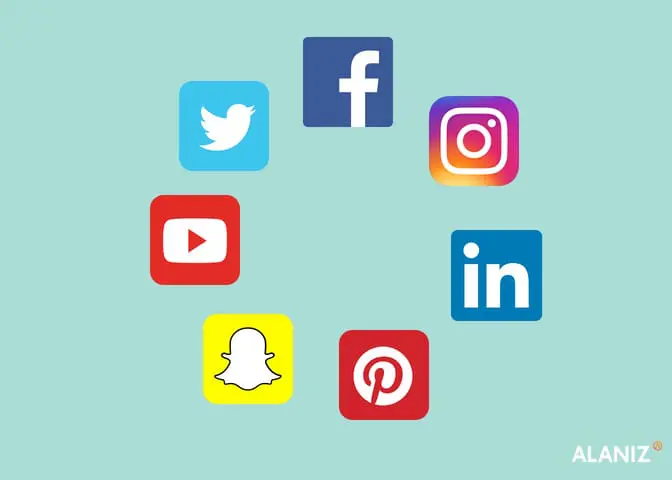Social media has become an essential component of any company’s digital marketing strategy. The benefits of social media are endless. You can build your brand awareness and loyalty, increase traffic and SEO ranking, and have a powerful tool for conversation amongst current and potential customers. Understanding who you want to be speaking to, what you should be talking about, and what social media channel is best to use can be a daunting task.
Creating a Buyer Persona
Before you begin to create a social media strategy, the most important detail to consider is your buyer persona. Buyer personas, as defined by HubSpot, are fictional, generalized representations of your ideal customers. They can be a tool to steer decision making to ultimately create the best mix of content and decide where to share this content.
How should you determine which social media platform is right to incorporate into your marketing strategy? Each channel has their unique benefits and audience profiles. Here are the top 7 social media platforms that your company should be considering:

Which Channel is Best for You?
- Facebook: With over two billion users, Facebook is the most widely used social platform. If you’re a company on Facebook, you’ll want to have a Facebook Business Page for two reasons: Personal pages limit how many followers you can have, and you cannot conduct advertising unless you have a Business page. Facebook can be a great way to build a loyal community.
- Instagram: 90% of the Instagram population is under the age of 35. Instagram is a great place to share captivating images and video. According to Forrester, “Engagement with brands on Instagram is 10 times higher than Facebook, 54 times higher than Pinterest, and 84 times higher than Twitter.” This is reason enough to maintain a presence on this platform!
- LinkedIn: Previously used solely for job hunting, LinkedIn has transitioned into a B2B playground. You can find companies and business professionals on this social site. This platform can be used to build up the authority of your brand with high-level content and to build thought leadership.
- Twitter: If you’re looking for the most current trends and news, Twitter is where you need to be. You can communicate with your audience in a more conversational setting. You have to be quick to keep up with the Twitter community though as the average lifespan of a Tweet is only around 18 minutes!
- YouTube: Owned by Google, YouTube has 1.3 billion users that watch over 5 billion videos every day. Although conversion rates are high on YouTube, creating video can be a time commitment.
- Pinterest: The most exciting fact about Pinterest is the ability to have your content last for up to 3 months. Indulge your creative side with inspiring “Boards” of Pins that users can interact with. Keep in mind, 81% of the users are women.
- Snapchat: If you’re looking to speak to the 12-24 demographic, Snapchat is the place to do so. You can advertise with location-based filters that act as a frame over images users take. Snapchat Lenses utilize augmented reality that users can interact with. These high tech options provide a different approach to advertising.
Finalize Your Strategy
Similar to any other digital marketing strategy, it is important to create SMART goals for social media so you can measure the success of your efforts. Some of the different metrics that you can monitor include reach, engagement, ROI, and retention. Beware not to dwell on vanity metrics, these are numbers you can measure but don’t actually correlate to the success of your company, such as your number of followers. You can gauge the sentiment of your brand by the engagement from your audience. For example, follower count and impressions are important, but when your audience comments and shares your content, it demonstrates they value your brand so much so that they want to let others know about you.
Be Social
Once you have your foundation and social media strategy set, you can dive into creating great content that will resonate with your buyer personas. Also, keep in mind social media is intended to be social. Be mindful to avoid pushing content into the world and then not responding to your audience.
“You can never go wrong by investing in communities and the human beings within them.” – Pam Moore




